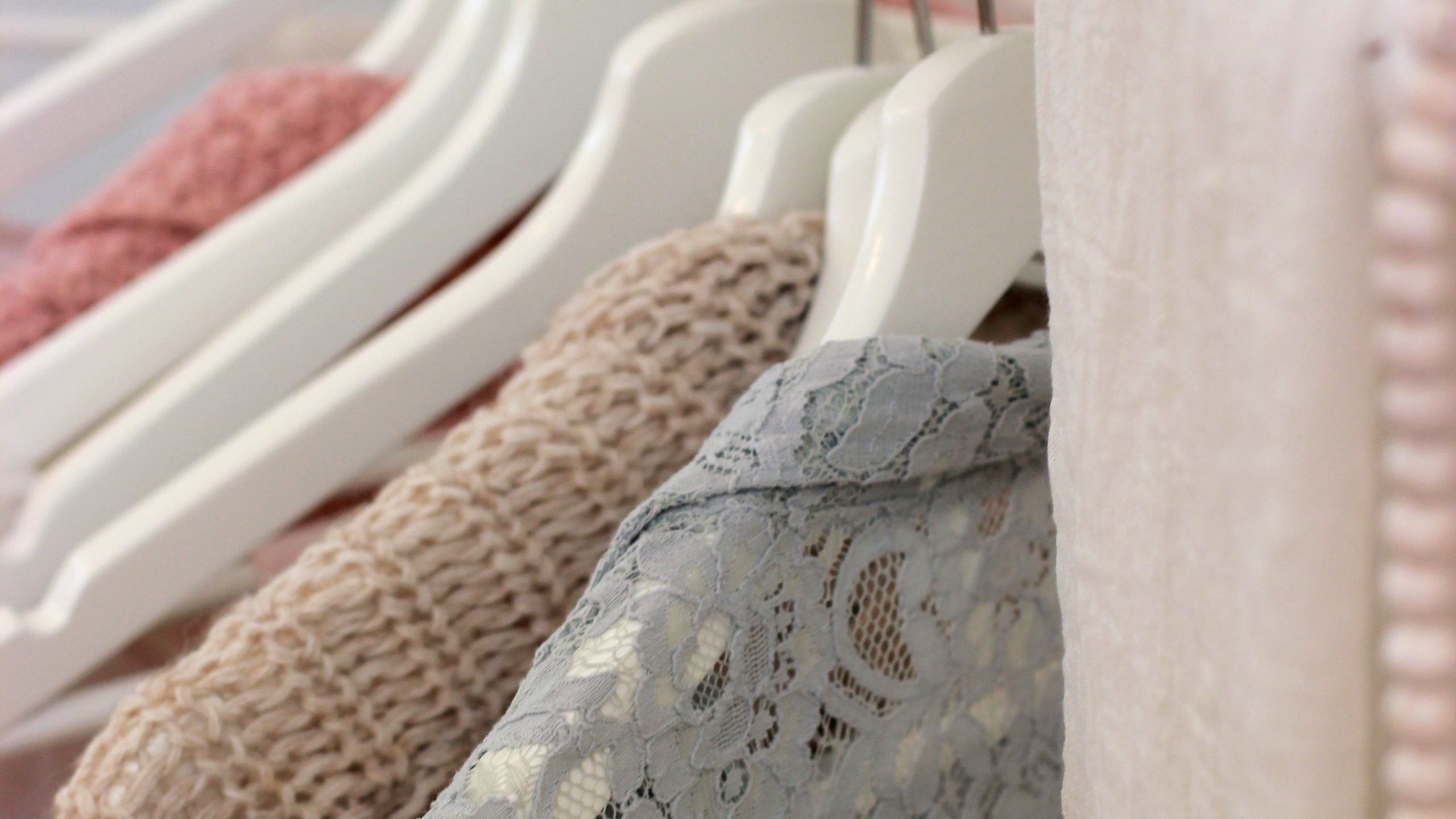Threads
This moment finds me with four daughters who like my taste in clothing. No doubt, this will likely evaporate before these words hit the virtual press, but I’ll enjoy it as long as I’ve got it. One daughter asked if she could borrow my sweater for school tomorrow. “I guess,” I played it cool. My secret goal is to teach them how to dress in ways they’ll genuinely love without selling their souls in the process. It’s a tall order. The fashion industry certainly isn’t any help. Social media (not that they have it) is of no assistance at all. And moms I highly respect often feel defeated before they’ve even started.
But they’re not writers.
Not long ago, I noticed how much assembling a fabulous outfit mimics writing a fantastic piece. Movement and stillness; light and dark; rise and fall; color and monochrome; suspense and intrigue; they all work together to create a story. A splash of pop—hot pink, for instance—works best when whispered elsewhere in an outfit. A belt makes a statement when it coordinates loosely with a headband or an earring or a shoe. Bright colors and patterns ask to play together with an underlying chemistry that’s suggested, but not broadcast. No need to insult the intelligence of one’s audience. Find a thread and pull it through.
Writing taught me that.
But dressing showed me how to make it happen. The element of surprise—that “Well-I-didn’t-see-that-coming” sensation—is the stuff of a successful story as well as a wonderful wardrobe. We all know that a lazy white button down with cuffed sleeves, jeans, and flip flops (or boots, depending upon the weather) is an easy canvas. Barbie wore that in the 50s, and I wore it to carpool yesterday. People’s eyes need space to rest. Too much pattern and your friends feel dizzy. Too much color and you’ve burned their retinas. Too much texture and you’ve given them the heebie-jeebies. For an ensemble to sing, there should be an element of neutrality that allows the mind to calm itself, but it should dance with something surprising and personality-specific to keep things fresh. A worn-out fedora, a Parisian scarf, a stack of bangles, or a slouchy Monday-boot will do the job.
This combination of calm with cool allows the world to take in what’s featured—the person inside the clothes—and the story she’s telling. We all convey ideas about how we want to be perceived by our hats and jewelry, our dusters and vests, our jeans and leg warmers, and it’s a story with layers.
Even in the summertime.
A well-dressed person evokes nostalgia and nature, wistfulness and warmth, freshness and felicity. She creates beauty and drama with her red lip and bold glasses; with her LBD and sunshine heels. Fueling it all is her humor and thoughtfulness, her sincerity and kindness, her selflessness and contentment. Those things breathe life into her own story as well as the stories of others she comes into contact with.
My closet taught me that.
In a poem, an essay, or a screenplay, a reader may not be aware of the rhythm that carries the narrative forward. Novelists, for instance, take us on steady jogs—step step step step step—as they lay the foundation for the setting and outline the relationships between the characters, preparing to weave it all together in a way that keeps the audience invested. Cloaking parts of the narrative creates the sensation that a mystery is being solved; a secret is being revealed. Whether kimonos in summer or capes in winter, intentionally creating layers cultivates intrigue on the beach and in the book. First this, then that. Pattern here, color there. Warmth now, shoulders then. It’s a dance, and it’s meant to be delightful. The knowing is what makes the unknown so delicious. Conveying this somewhat bizarre form of art-making through clothing choices is the daunting task of mothers everywhere. But the mothers who are writers have a decided advantage.
Because, after all, mothers who are writers know all about threads.
Candace Echols is a Midtown resident, wife, and mother of five. She has written for StoryBoard’s Page One Writing Workshops, and writes in quiet moments from her yellow chair. Candace recently published her first book, the children’s book Josephine and the Quarantine, and now writes a column for The Daily Memphian.


Beautiful words and analogy!